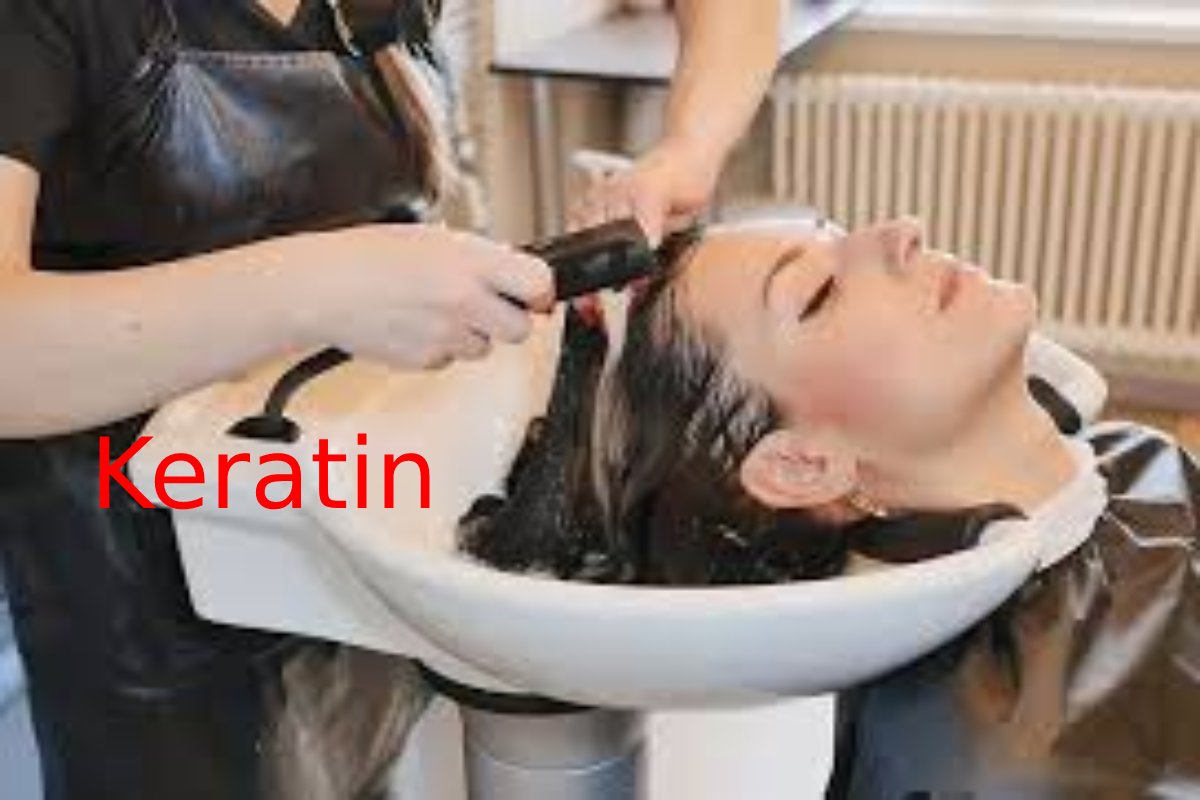Table of Contents
Introduction
Keratin is a protein create in epithelial cells on the skin’s surface. Different types of keratin are responsible for the growth and structure of nails, hair and skin. Keratin is an intermediate filament-forming protein that provides support and a protective barrier
The amount of keratin present in our body will decide the health of skin, nails, and hair at a given time. In animals, the keratin found in birds’ feathers, wool in sheep, and hooves is extracted from them to form the medications, supplements and many more products for skin, hair, and nail health.
Types Of Keratin
There are 54 kinds of it genetically encode by the human genome and produce by the body. out Of the 54 types, half are found in hair follicles throughout the body.
Type 1
Type I keratins are classified as the most minor and acidic type of keratin. They separate into two groups that work functionally toward the common goal of epithelial cell health.
Type II
Type II keratins are larger than Type I keratins. In addition, they have a neutral pH, which can help balance the pairings of the two types as they synthesize proteins and regulate cellular activity.
Alpha Keratins
Alpha keratins are the only form of keratin found in humans and mammalian wool. The structure of alpha keratin is fibrous and spiral, and both types I and type II keratins can belong to the alpha category.
Beta Keratins
Beta keratins are classified as polypeptide chains and are found only in birds and reptiles, although these species can also possess alpha keratins. They have contributed significantly to the overall evolution of birds throughout history.
Alpha and beta keratins help these animals keep the composition of their claws, scales, beaks, skin, and feathers.
Structure And Function Of Keratin
Their amino acid chains determine the structure and function of keratin proteins. Moreover, these chains are very similar among species at all levels. For example, humans share identical amino acid sequences with cattle and rats.
Keratin cannot dissolve in water, solvents, acids or alkalis, so its structure remains primarily intact when exposed to many body chemicals. Instead, it proteins rely on hydration (water) to maintain their size and overall function.1 For comparison, wool is pack with it. If a wool sweater is wash in hot water, it will shrink. This is because it proteins lose their length when some molecular bonds are broke at high temperatures.
Condition Of Keratin
Hyperkeratosis (excess keratin) can become principal to various diseases.
Hyperkeratosis can develop as a result of inflammation. Pressure-related hyperkeratosis occurs once excess keratin is a protective response to skin damage, while non-pressure-related keratosis occurs for no apparent reason and may be genetic.
Conditions Involving Keratin Include:
Keratosis pilaris (chicken skin): Though keratosis pilaris can consume an undesirable appearance, it is by no means dangerous.6 It occurs when keratin clogs pores and blocks hair follicles.
Actinic keratosis: This skin ailment causes lesions on the body that can appear like coarse sandpaper. Lesions are consider an ancestor to skin cancer, and your doctor can monitor your skin and treat lesions.
Epidermolysis hyperkeratosis: This form of hyperkeratosis is hereditary and is present in infants at birth.
Lichen planus: This inflammatory condition most commonly affects the arms and legs’ mobile (internal) surfaces. It can be produce by an overproduction of keratin in the body.
Treatment
Treatment for hyperkeratosis depends on the specific condition. For example, for lichen planus, your doctor may provide you corticosteroid cream, while you need to undergo cryosurgery to remove actinic keratosis lesions. Hence, there is no cure for hereditary diseases like keratosis pilaris.
Also Read: What Is Skin? – Layers, Function, Condition, And More

